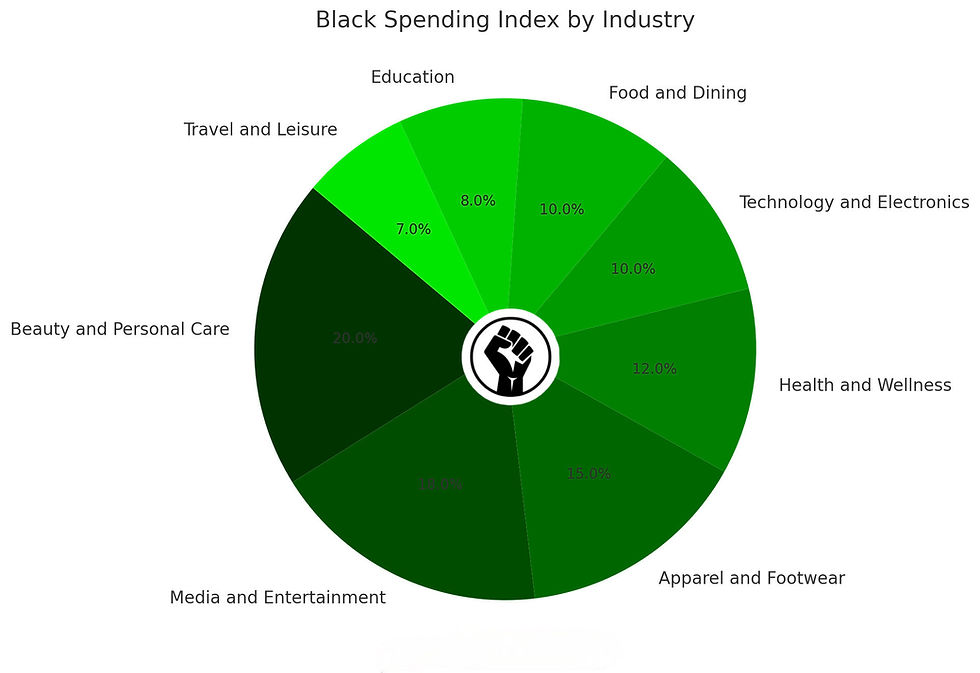Exploring the Different Types of Record Deals in the Music Industry
- Al Lloyd

- Jul 28
- 3 min read


1. Standard (Exclusive) Recording Contract
• What it is: A deal between an artist and a record label.
• Label’s role: Funds, records, promotes, and distributes music.
• Ownership: Label usually owns the master recordings.
• Artist royalties: 10–20% of revenue (after recouping label’s investment).
• Term: Multi-album, with label holding renewal options.
2. 360 Deal
• What it is: The label shares in all of the artist’s income, not just from music.
• Includes: Live shows, merchandising, endorsements, publishing, etc.
• Why it exists: Labels want a return on their full investment in the artist’s brand.
• Warning: Artist gives up more control and income streams.
3. Production Deal
• What it is: A deal between an artist and a producer/production company.
• Producer’s role: Develops the artist and helps record a demo or full album.
• Next step: The producer shops the artist to a major label.
• Risk: Producer may take a long-term share of future income.
4. Licensing Deal
• What it is: Artist retains ownership of their master recordings.
• Label’s role: Gets the right to distribute and exploit the music for a limited time.
• Revenue: Split (e.g., 80/20 or 70/30 in favor of the artist).
• Good for: Independent artists who want broader reach but retain rights.
5. Distribution Deal
• What it is: A contract with a distribution company (e.g., DistroKid, TuneCore, The Orchard).
• Artist keeps: Ownership and creative control.
• Distributor’s role: Delivers music to digital platforms (Spotify, Apple Music, etc.).
• Revenue split: Flat fee or percentage (e.g., 15–20%).
6. Joint Venture (JV) Deal
• What it is: A partnership between the artist (or their label) and a major label.
• Both sides: Share costs, revenue, and sometimes ownership.
• Artist benefits: More control than in standard deals.
• Usually for: Established or well-funded artists with negotiating power.
7. Single or EP Deal
• What it is: A limited-scope contract for just one song or a short project (EP).
• Why it’s used: To test an artist before committing to a full album deal.
• Ownership & royalties: Negotiated per track/project.
8. Spec (Speculative) Deal
• What it is: A producer or label records music for free, hoping to get a deal later.
• Artist risk: May owe a large share of future income if the project succeeds.
• Useful for: Unknown artists with no budget.
Songwriter:
Syndication/Online Media; no fixed rate and you own your rights to license to whatever
Radio; fixed rates determined by the government
Publication; This is a dozy and works on percentages. You can have an appearance fee but good luck, most writing camps are closed and getting exposure as a new songwriter to be in writing camps can be difficult; THEY WILL F* OVER physically, mentally, business-wise and spiritually.
Note: Watch yourself always because many artists are tax write-offs or fronts to help launder money for the Mob, if they not pushing one of the Seven Deadly Sins for the Satanist. Its a cruel business that needs a reset and common ground for people who want to make music without limitations and guidlines; in other words sponsored music.
Mechanical Royalties are earned when your song is reproduced (physically or digitally). Think: streams, downloads, vinyl, or CDs. Paid by DSP's (AKK Digital Service Providers) like Spotify, TIDAL, Deezer, etc. Mechanical royalties are collected in the U.S. by The Mechanical Licensing Collective.
Vs.
Publishing Royalties (*read more below) are earned when your song is played publicly on the radio, in a venue, on TV, or on streaming platforms. Collected by PROs like ASCAP, Broadcast Music, Inc. (BMI), SESAC, or Global Music Rights (if you are in the US, that is. Other countries have their own PRO's like SOCAN in Canada).
*Publishing refers to matters of composition copyright. There are royalties for mechanical reproduction, public performance, print reproduction, and theatrical performance (treated separately from public performance).
When you license for permanent copies of recordings, you are due mechanical royalties. When you license for streaming of recordings, you are due mechanical and performance royalties. When you license for synchronization, you are due a negotiated license fee, and also performance royalties for the broadcast.
And you can waive any and all rights.









Comments